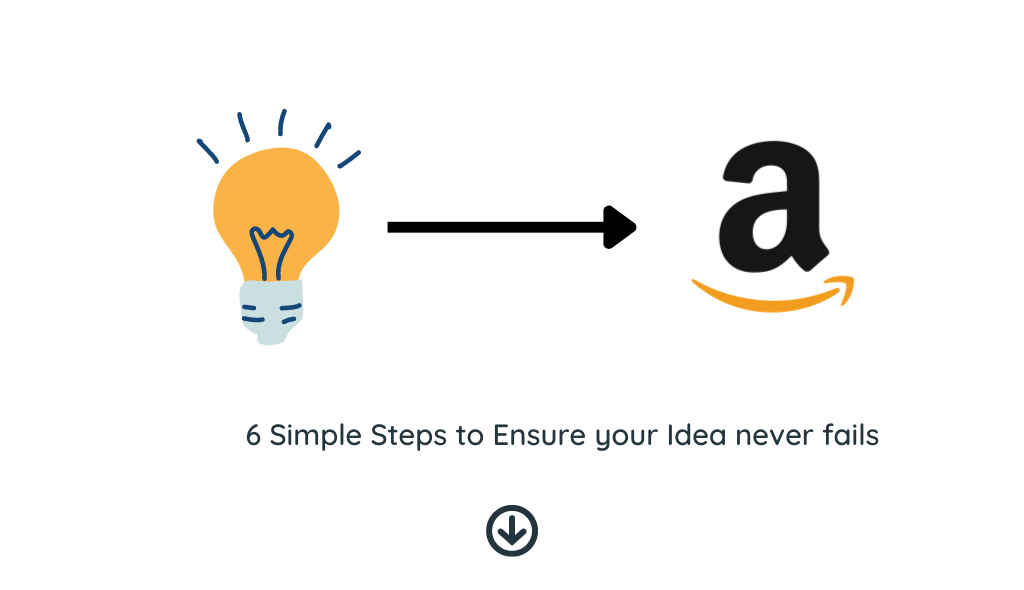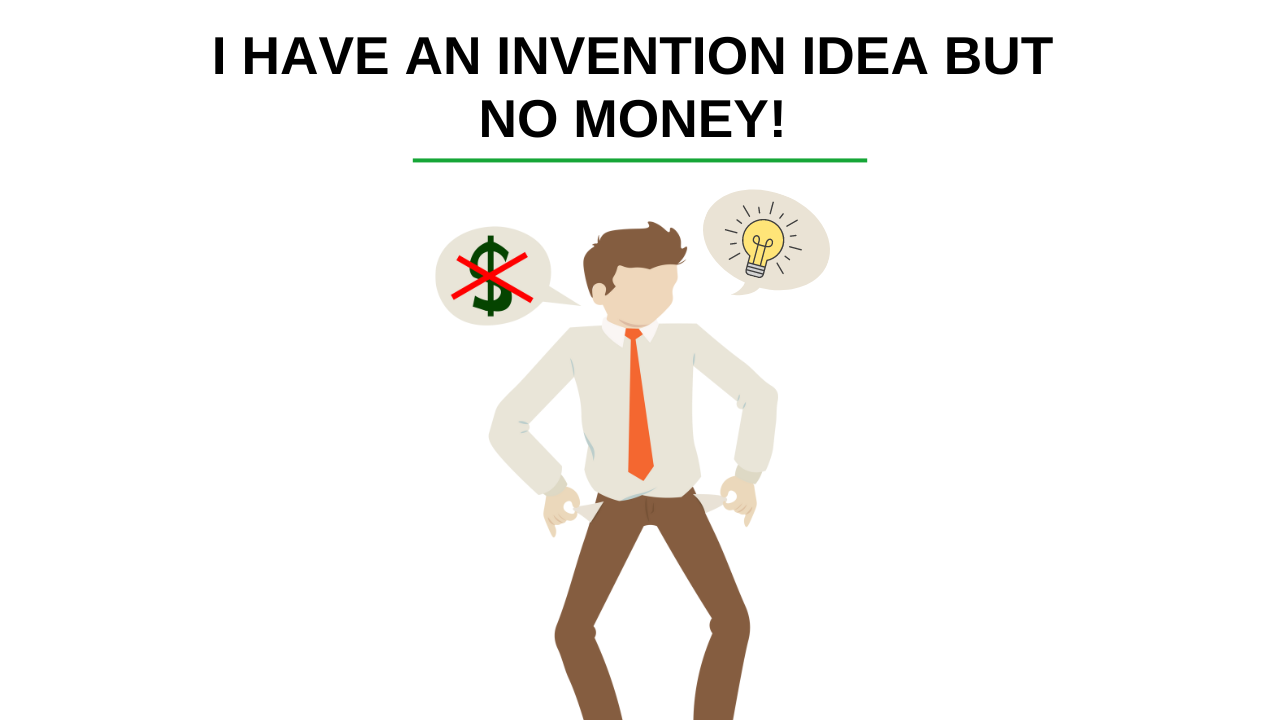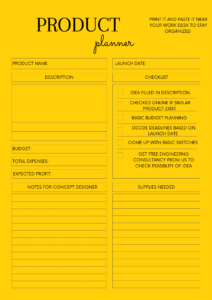Embarking on a journey to create a successful business venture is always overwhelming. If you have already come up with a fantastic idea that; solves a particular problem and has great selling potential, but don’t know where to start, here’s why designing a product should be your first step.
- Your idea gets validated by the product designer and is backed by research.
- It becomes easy for you to conduct online surveys. You can also share the development process with your audience.
- You can submit a request for the patent. It will save your idea from hijacking.
- You can inspire potential investors more easily. It will also make your crowdfunding campaign successful.
Designing a product can be cost-effective if you adopt the right strategy. This article is for people who are curious about their idea and want to learn the basic steps of starting a new business.
1. Refine your Product Idea
If your idea is in the form of a few words scribbled on the napkin, then you need to craft a purpose statement first. The purpose statement announces the scope, purpose, and end goal of your product. Asking yourself these simple questions can help you generate a strong statement of purpose.
- What problem are you trying to solve?
- What will be the function of your product?
- What do you want to achieve with this idea?
Understanding the needs of potential customers is very crucial for the design of your product. Your purpose statement should clearly mention the problem you are solving with your innovative idea.
Suppose you are designing a new product or modifying an existing one. In that case, you should also note down your requirements regarding product’s shape, color, and texture. You can create an actionable goal out of your idea if you follow the above steps and have a strong purpose statement.
You can also GET FREE ENGINEERING DESIGN CONSULTANCY to check the feasibility of your idea.
2. Conduct A Research
If you have successfully created an actionable goal, next step is to search Google to see if ideas identical to the ones you are working on already exist. If they do, what value can you add to the existing products?
You can also conduct competitor product analysis and end-user research to identify the needs, ongoing trends, and affinities of your target audience.
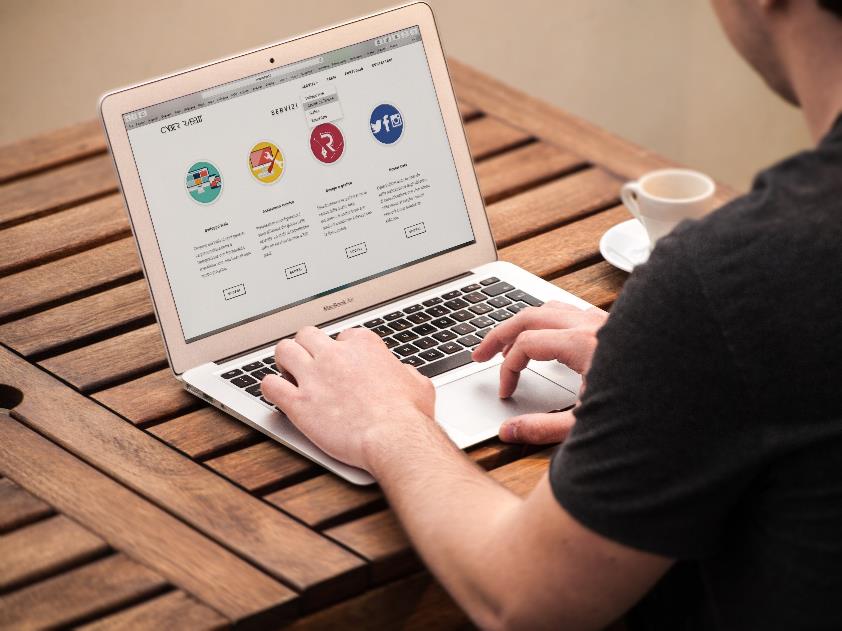
3. Sketching & Brainstorming for Product Designing
It is always recommended to initiate with hand sketches before making any kind of prototype to represent an idea. Good drawing skills are not necessary; you can just start with some rough sketches. This step is very important because:
- It helps you to visualize your thoughts; you notice the details more clearly.
- It helps you to understand and communicate the functions of your product.
- It is necessary for further prototyping.
Below, is an example of a product I designed earlier
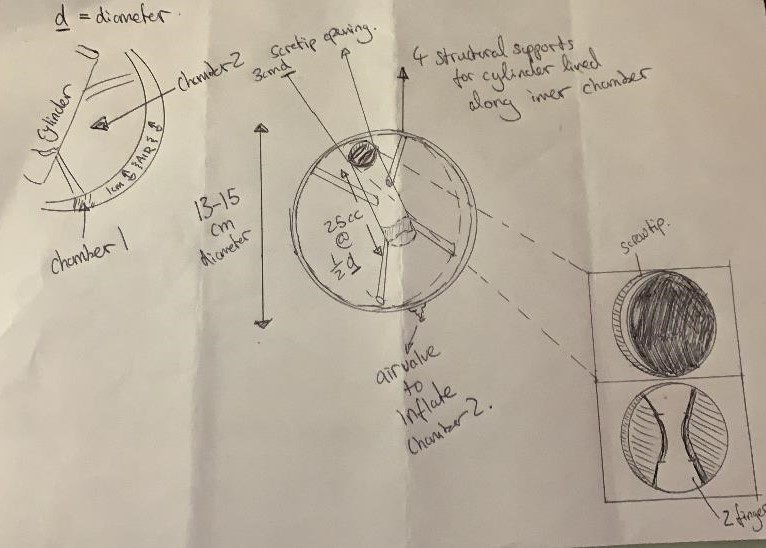
Simple sketches will also help your engineer to better understand your requirements for 3d modeling, which is the next step.
4. 3D Modeling & 3D Product Modeling
3d Modeling and Computer Aided Designing is the process of transforming your basic sketches into a virtual 3D model of your product. CAD design includes both aesthetics and technical aspects of an idea. It communicates how the shape or geometry of your product will look like, what will be the size and weight of your product, and finally, what are the technical mechanisms needed to achieve desired functionality.
3D model is also required to prepare realistic visuals of product often known as 3D renderings. They can be used to check the product’s various color themes and material appearances. Virtual user experience of the invention can also be generated through VR rendering.
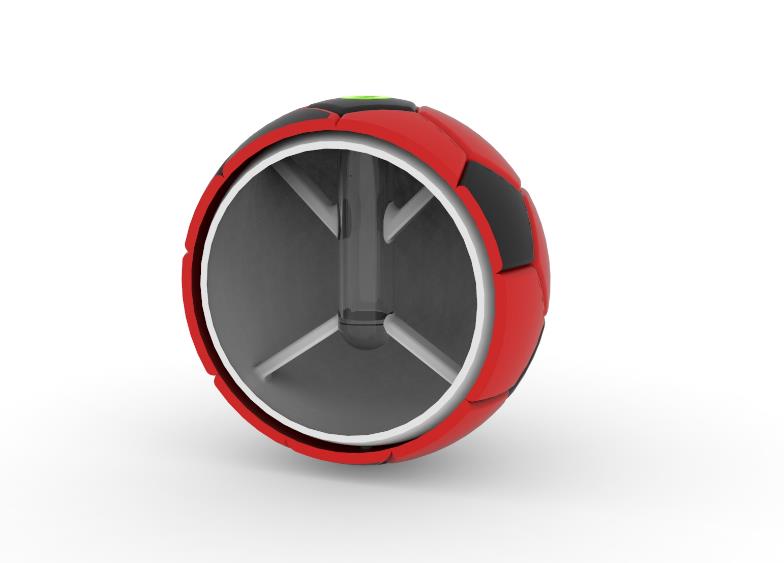
Designing a product is a technical process, and you can Hire a Freelancer or can start by learning these CAD softwares,
- FreeCAD (Free)
- Tinkercad (Free)
- OnShape (Costs $125/month: Free for Hobbyists: Also, you don’t need a powerful computer)
If you are hiring a freelancer, make sure you get the source CAD data from your designer. It includes all the technical documents like mechanical drawings and Bill of materials.
4. Prototyping and Product Designing
Before developing a prototype, here is the recap of things that you should have done till now
- You have a strong purpose statement of your idea.
- You have checked the feasibility of your concept with a product design engineer.
- You have an accurate 3D model of your product with realistic renderings.
If you have completed the above steps, you are ready for prototyping and manufacturing. Although 3D design helps you envision your thoughts yet it’s essential for prototype manufacturing
Prototype not only validates your design strategy but also helps you make large design improvements before you roll out your product for user experience. These techniques can be adopted to generate a prototype
4.1 Rapid Prototyping
Rapid Prototyping is a technique that will help you to quickly fabricate the product from 3d model that you or your designer generated. It may be a scaled-down or simplified version of your product to save you cost. Efficient design planning is very important with your product design engineer at this stage because you may need to prepare several prototypes before a design is finalized.
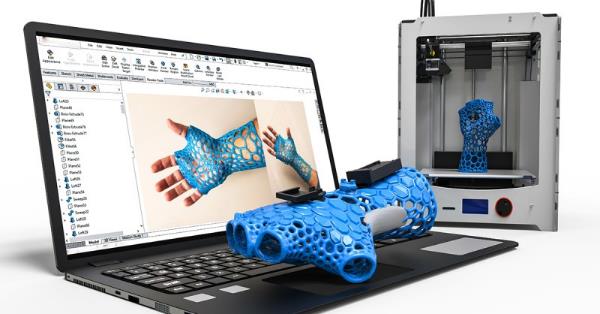
3D printing is the most efficient rapid prototyping technique; I will be publishing a detailed article about 3D printing costs, 3D Printing materials and some common mistakes you should avoid. You can Subscribe to my mailing list so you don’t miss this important update+ you get a free product launch checklist
In addition to 3d printing, you can use these processes as well to choose the most appropriate manufacturing process.
- Binder Jetting
- CNC machining
- Investment Casting
5. Prototype Testing
Once you are satisfied with the aesthetics and user experience of your product with the help of a prototype, you also need to check a few crucial engineering parameters.
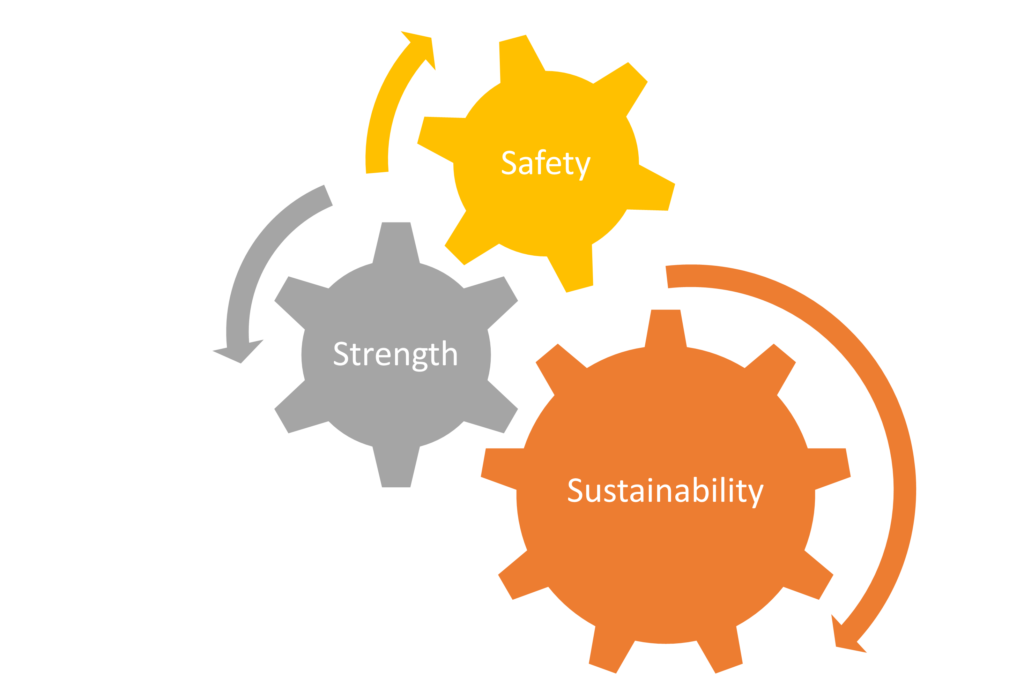
Strength: Make sure the product is reliable in terms of quality and has no strength-related flaws.
Safety Check: Make sure product is safe for the environment and the people of the targeted age group.
Compliance: Make sure your product complies with the relevant designs/consumer product codes applicable in your region.
You can roll out a few samples to the product reviewers. They can professionally audit your prototype based on the latest consumer trends. You may also get some additional ideas that can improve the existing design.
6. An Advice
Once your design is finalized and validated by a prototype, you can place an order with a factory to initiate mass production. This is the best time to focus on digital marketing of your product.
While making a contract with a factory, always ensure you will get the shipment in time. I have seen around 10 startups with great products fail on Kickstarter just because they couldn’t fulfill the orders in time. Always make sure the factory you are working with has a good reputation with on-time delivery.
7. Summary
Designing a product is a technical process. You must understand the developmental process of a new product but it’s always recommended to work with a professional 3d product design engineer so you can save cost at prototyping stage.
Hiring a product design agency is another option but if your budget is limited its best idea to work with a freelancer as the pricing for 3d modeling only starts from 25 USD Here.
Check the feasibility of your idea FREE
CHECK OUT SOME GREAT PRODUCT IDEAS
